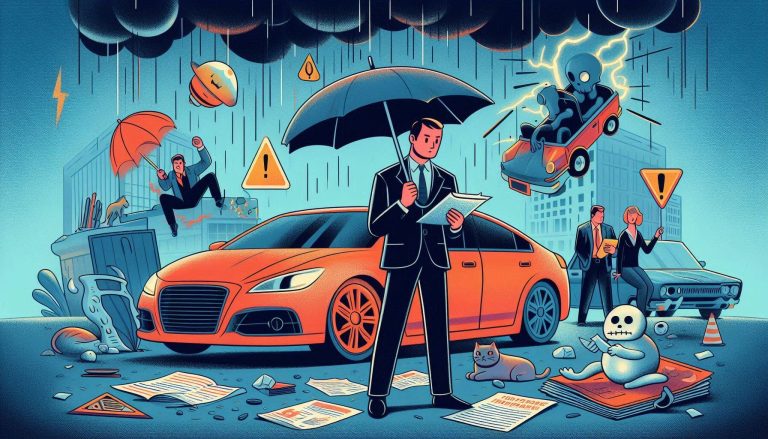How to Save on Your Electricity Bill Without Installing Solar Panels: Practical Tips Households
As electricity costs continue to rise across the United States, many households are looking for effective ways to reduce their energy bills. While installing solar panels is an excellent long-term solution, it’s not always feasible due to budget constraints, property conditions, or other factors. Fortunately, there are numerous practical strategies that can help you save money on your electricity bill without the need for solar power.
In this post, we’ll explore various ways to lower your electricity consumption through simple habit changes, smart technology, and efficient use of household appliances. These tips are easy to implement and can lead to significant savings over time.
1. Switch to LED Lighting
One of the simplest and most impactful ways to reduce your electricity usage is by replacing incandescent or CFL bulbs with LED lights. LED bulbs use up to 75% less energy and last much longer than traditional bulbs. Although they may cost more upfront, the energy savings and longevity of LED bulbs make them a smart investment for any household.
Why Switch to LED?
- Energy Efficiency: LED bulbs consume significantly less electricity.
- Longer Lifespan: They can last up to 25 times longer than traditional incandescent bulbs.
- Lower Heat Output: LEDs produce less heat, reducing the need for cooling in warmer months.
2. Use Smart Thermostats
Heating and cooling account for a large portion of household energy consumption in the U.S. Installing a smart thermostat can help you manage your home’s temperature more efficiently. These devices allow you to set schedules, control the temperature remotely, and even learn your habits to optimize heating and cooling automatically.
Benefits of Smart Thermostats:
- Remote Control: Adjust your home’s temperature from your smartphone, no matter where you are.
- Energy Savings: Automatically reduce heating and cooling when you’re not home.
- Custom Schedules: Set up schedules that fit your daily routine, ensuring comfort and efficiency.
3. Seal and Insulate Your Home
Proper insulation and sealing of your home can prevent air leaks, which often cause heating and cooling systems to work harder than necessary. By sealing windows, doors, and other openings, and ensuring that your home is well-insulated, you can reduce the energy needed to maintain a comfortable temperature.
Steps to Improve Insulation:
- Seal Windows and Doors: Use weatherstripping and caulk to seal gaps.
- Insulate Attics and Walls: Ensure that your attic and walls are properly insulated to prevent heat loss in winter and heat gain in summer.
- Install Door Sweeps: Add sweeps to the bottom of doors to block drafts.
4. Optimize Your HVAC System
Regular maintenance of your heating, ventilation, and air conditioning (HVAC) system can ensure it runs efficiently, saving you money on your electricity bill. Changing air filters regularly, having your system serviced annually, and using a programmable thermostat can all contribute to lower energy consumption.
Tips for HVAC Efficiency:
- Regular Maintenance: Schedule annual check-ups for your HVAC system.
- Change Filters: Replace air filters every 1-3 months to keep the system running smoothly.
- Set Proper Temperatures: In the summer, keep your thermostat at 78°F when you’re home and higher when you’re away. In the winter, 68°F is a good target when home, and lower when you’re asleep or out.
5. Upgrade to Energy-Efficient Appliances
If your appliances are outdated, they may be consuming more energy than necessary. Consider upgrading to ENERGY STAR-rated appliances, which meet strict energy efficiency guidelines set by the U.S. Environmental Protection Agency. While the initial cost of these appliances can be higher, the energy savings over time can be substantial.
Appliances to Consider Upgrading:
- Refrigerators: Modern refrigerators use up to 40% less energy than models made 10-15 years ago.
- Washing Machines: ENERGY STAR washers use about 25% less energy and 33% less water.
- Dishwashers: Newer models can save you about $35 a year on electricity bills.
6. Use Ceiling Fans Wisely
Ceiling fans are a cost-effective way to improve comfort without over-relying on your HVAC system. In the summer, set your ceiling fan to spin counterclockwise to create a cooling breeze. In the winter, reverse the direction to clockwise at a low speed to push warm air down from the ceiling.
How Ceiling Fans Help:
- Summer Cooling: A ceiling fan can make a room feel up to 4°F cooler, allowing you to raise the thermostat.
- Winter Warmth: Reversing the fan helps circulate warm air, reducing the need for additional heating.
7. Practice Energy-Efficient Habits
Small changes in your daily routine can lead to significant energy savings. Simple habits like turning off lights when not in use, unplugging devices when they’re not needed, and using energy-saving modes on electronics can all contribute to lower electricity bills.
Energy-Saving Habits to Adopt:
- Turn Off Lights: Always switch off lights when leaving a room.
- Unplug Devices: Many electronics consume energy even when turned off, so unplug them when not in use.
- Use Power Strips: Plug multiple devices into a power strip and turn it off when you’re done to avoid “phantom” energy use.
- Run Full Loads: Only run your dishwasher and washing machine with full loads to maximize energy efficiency.
8. Maximize Natural Light
Making the most of natural light during the day can reduce your reliance on artificial lighting. Open curtains and blinds to let sunlight in, which can also help with heating during the colder months.
Benefits of Natural Light:
- Reduce Lighting Needs: Utilize daylight instead of electric lights during the day.
- Solar Heat Gain: Allow sunlight to warm your home naturally, reducing the need for heating.
9. Use Energy Monitors
Understanding where and how your household consumes energy is key to making improvements. Energy monitors can track the energy usage of individual devices and appliances, helping you identify energy hogs and make informed decisions about reducing consumption.
Why Use Energy Monitors?
- Identify High-Consumption Devices: Find out which appliances or devices use the most energy.
- Track Usage Trends: See how your energy consumption changes over time and adjust accordingly.
- Make Data-Driven Decisions: Use the information to prioritize energy-saving measures.
10. Take Advantage of Utility Programs and Rebates
Many utility companies across the U.S. offer programs and rebates to encourage energy efficiency. These can include incentives for upgrading to energy-efficient appliances, rebates for installing smart thermostats, or discounts on home energy audits. Check with your local utility provider to see what programs are available.
Examples of Utility Programs:
- Rebate Programs: Many utilities offer rebates on ENERGY STAR appliances or HVAC upgrades.
- Time-of-Use Plans: Some providers offer lower rates during off-peak hours, allowing you to save money by shifting your energy usage.
- Energy Audits: Some utilities offer free or discounted home energy audits to help you identify areas for improvement.
Final Thoughts
Reducing your electricity bill doesn’t necessarily require significant investments like installing solar panels. By implementing these practical tips, you can lower your energy consumption and save money each month. From upgrading to LED bulbs and using smart thermostats to adopting energy-efficient habits and taking advantage of utility programs, there are plenty of ways to make your home more energy-efficient without breaking the bank.
Start by assessing your current energy use, then gradually incorporate these strategies into your daily routine. Not only will you see a difference in your monthly bills, but you’ll also be contributing to a more sustainable and environmentally friendly lifestyle.
This guide should help U.S. households reduce their electricity bills effectively, with actionable tips that can be implemented without the need for solar panel installation.

